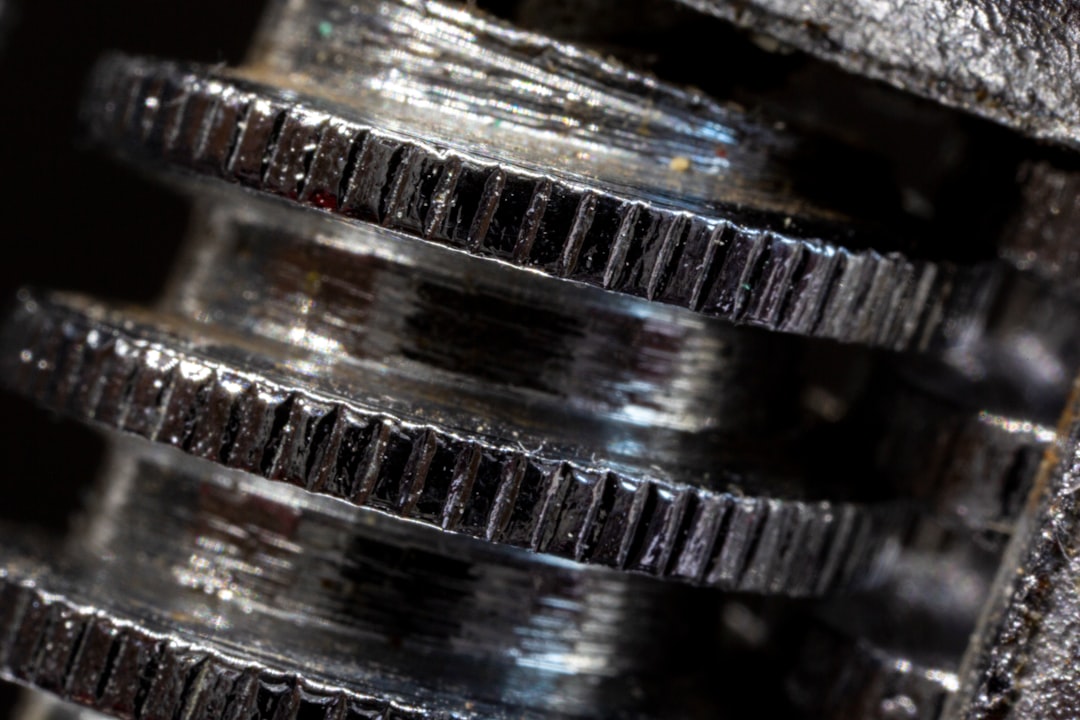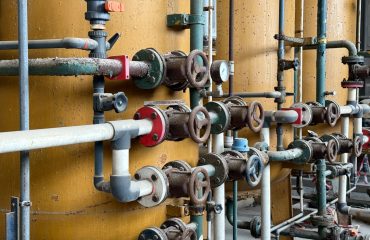The scrap metal market, a complex and dynamic ecosystem, plays a vital role in global resource management and industrial production. Understanding its intricacies can be crucial for businesses involved in recycling, manufacturing, and even investing. This comprehensive guide delves into the key aspects of this fascinating market, providing insights into current trends, future predictions, and the factors that shape its fluctuating landscape.
Fluctuating Prices: The Heartbeat of the Scrap Metal Market
Scrap metal prices are notoriously volatile, influenced by a multitude of interconnected factors. Global supply and demand are primary drivers. Increased industrial activity, particularly in construction and manufacturing, leads to higher demand and consequently, increased prices. Conversely, economic downturns can result in decreased demand and lower prices. The type of metal significantly impacts pricing. Ferrous metals like steel and iron generally have lower prices compared to non-ferrous metals such as copper, aluminum, and brass, which often command premiums due to their higher value and diverse applications in electronics and other specialized industries.
Geopolitical events also play a significant role. Trade wars, sanctions, and political instability in major metal-producing regions can disrupt supply chains, leading to price spikes. Recycling rates also influence prices; a higher recycling rate can increase supply, potentially putting downward pressure on prices, while lower recycling rates can lead to higher prices due to increased reliance on primary metal production.
Types of Scrap Metal and Their Market Value
The scrap metal market isn’t monolithic; it’s a diverse landscape encompassing various metals, each with its unique characteristics and market value. Ferrous scrap, primarily steel and iron, constitutes the largest portion of the market. Its price is usually tied to steel mill prices and fluctuates based on the demand for steel products. Non-ferrous scrap, including aluminum, copper, brass, and zinc, holds a significant share, commanding higher prices due to their higher purity and specialized applications. Precious metals like gold, silver, and platinum, while a smaller segment, carry exceptionally high value and are traded on specialized markets.
The grade and condition of the scrap metal are also crucial determinants of its value. Clean, sorted scrap commands higher prices than contaminated or mixed scrap. The presence of impurities can significantly reduce the value, requiring costly processing to remove them before further use. Understanding these grading systems is critical for maximizing returns in the scrap metal business.
The Recycling Process: From Scrap to Resource
The scrap metal recycling process is essential for resource conservation and environmental sustainability. It starts with collection, where scrap metal is gathered from various sources, including demolition sites, manufacturing facilities, and households. This collected scrap is then sorted and processed to remove contaminants and separate different metal types. Ferrous metals often undergo shredding and baling before being transported to steel mills, where they are melted down and used to produce new steel products. Non-ferrous metals typically undergo more complex processing, involving various refining techniques to achieve the desired purity level.
Technological advancements are constantly improving the efficiency and effectiveness of scrap metal recycling. Advanced sorting technologies, improved melting techniques, and the development of new alloys are all contributing to a more sustainable and efficient recycling industry. These improvements not only reduce environmental impact but also enhance the economic viability of scrap metal recycling.
Global Market Trends and Future Predictions
The global scrap metal market is expected to experience significant growth in the coming years, driven by several factors. Rising urbanization and infrastructure development in emerging economies are leading to increased demand for steel and other metals. The growing focus on sustainability and resource conservation is further boosting the demand for recycled materials, making scrap metal a valuable resource. Technological advancements in recycling processes are also contributing to the market’s growth by enhancing efficiency and reducing costs.
However, challenges remain. Fluctuations in global commodity prices, economic uncertainties, and the need for effective waste management infrastructure continue to impact market growth. The industry needs to adapt to these challenges through innovation, sustainable practices, and effective regulatory frameworks to ensure its continued growth and contribution to a circular economy.
Investing in the Scrap Metal Market: Opportunities and Risks
The scrap metal market presents both opportunities and risks for investors. While the long-term outlook is generally positive, driven by increasing demand and a focus on sustainability, the volatile nature of prices necessitates a cautious approach. Investing in established scrap metal recycling companies can offer stable returns, especially those with a strong track record and diversified operations. However, careful due diligence is crucial to assess the financial health and operational efficiency of any potential investment.
Direct investment in scrap metal itself carries higher risk due to price volatility. Hedging strategies, such as using futures contracts, can help mitigate some of this risk, but understanding the market dynamics and price drivers is essential for making informed investment decisions. Diversification across different metal types can also help reduce the overall risk associated with investing in the scrap metal market.
Tags: scrap metal, scrap metal prices, metal recycling, ferrous metals, non-ferrous metals, recycling industry




